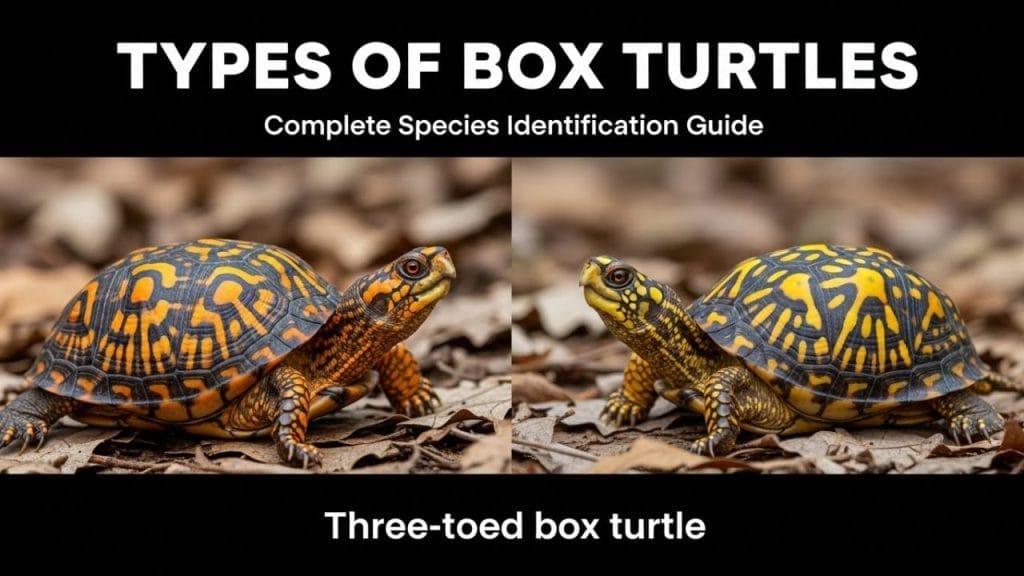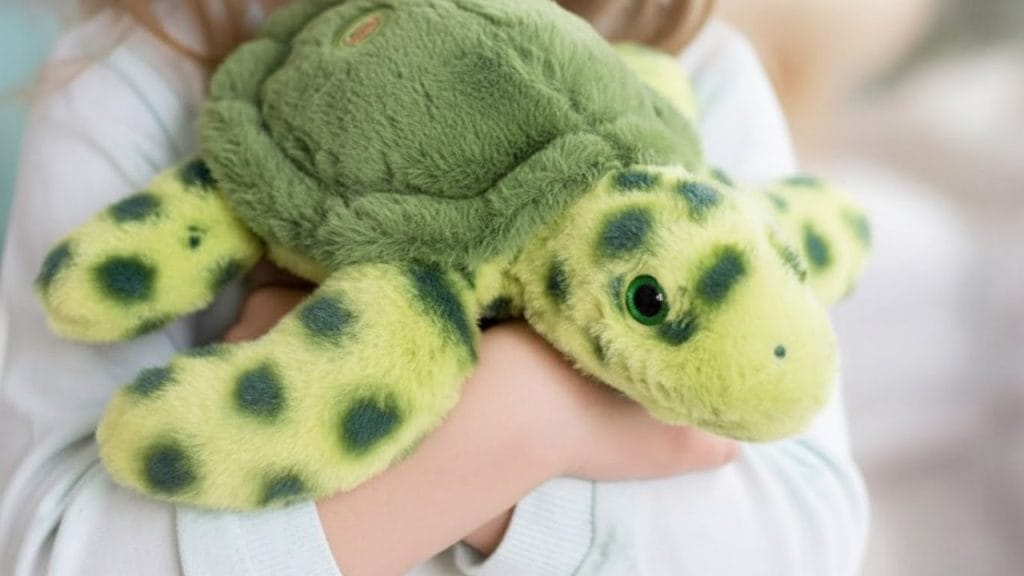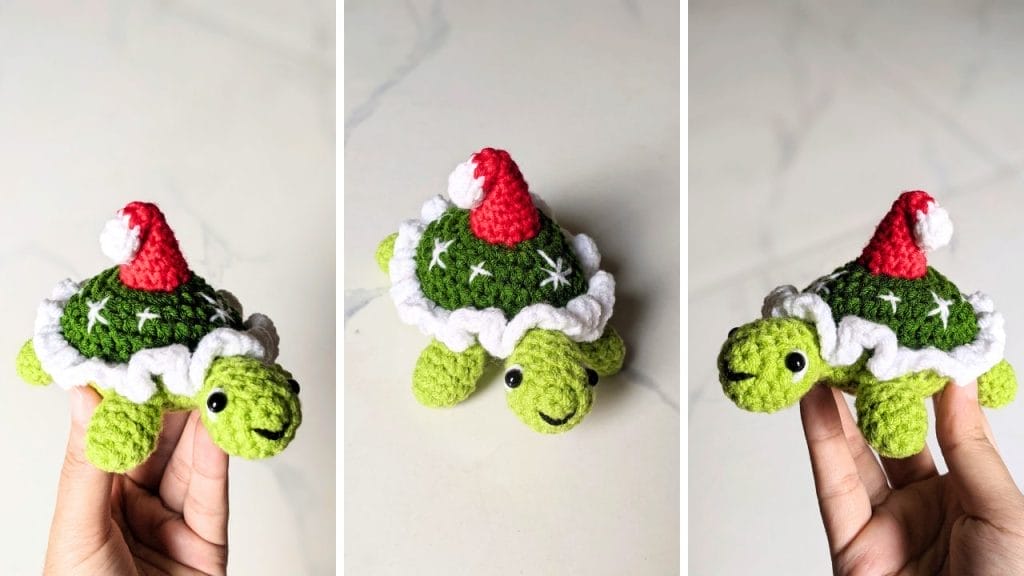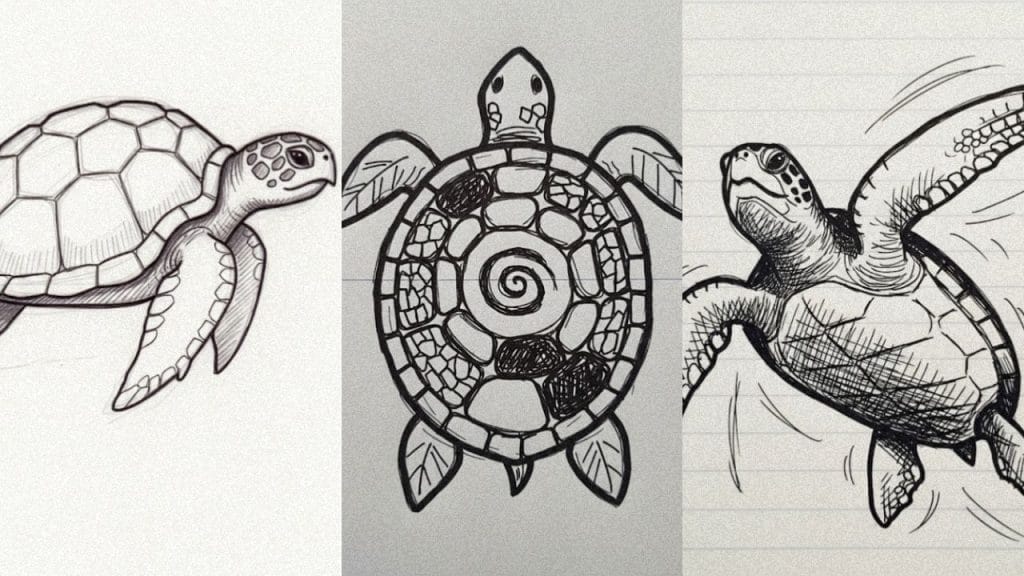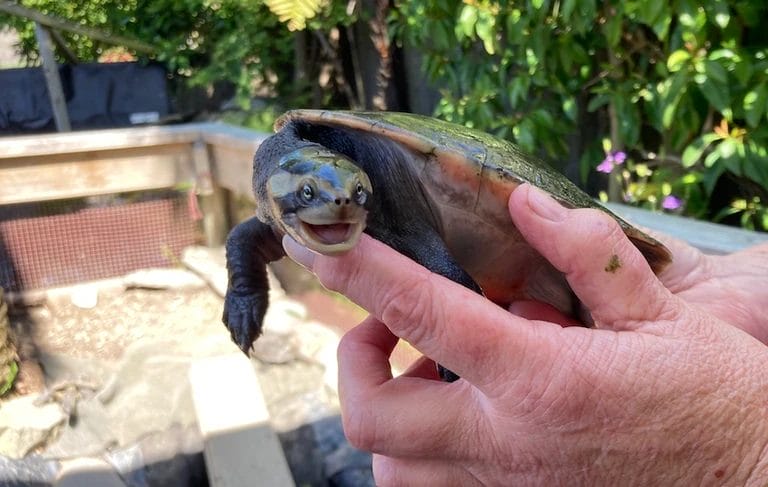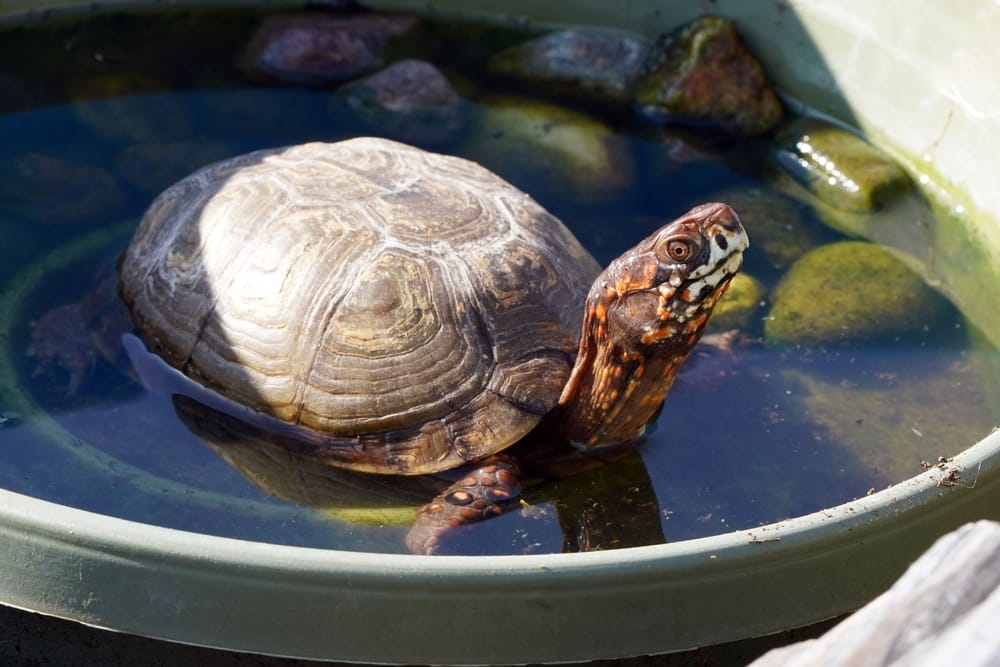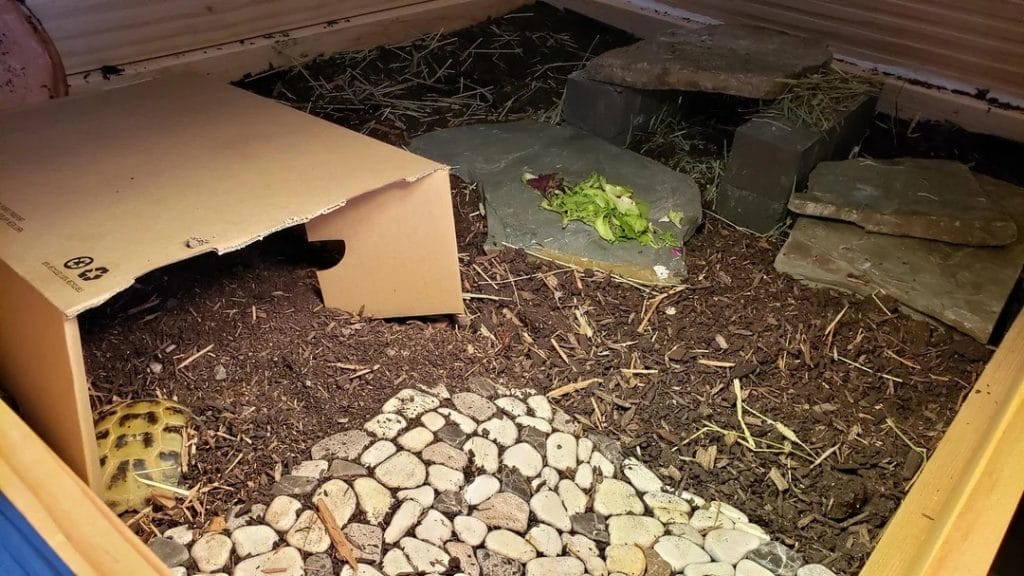The 130-Year-Old Tortoise Who Became a Father: The Extraordinary Story of Mzee and Owen

This post was created with help from AI tools and carefully reviewed by a human (Muntaseer Rahman). For more on how we use AI on this site, check out our Editorial Policy.
In the world of reptiles, we often speak of survival instincts, territorial behavior, and solitary lifestyles. Giant tortoises, in particular, are known for their independence—creatures who’ve mastered the art of thriving alone for well over a century. But sometimes, nature writes stories that challenge everything we think we know.
This is the story of Mzee and Owen—a 130-year-old Aldabra giant tortoise and an orphaned baby hippopotamus who formed one of the most unexpected bonds in wildlife history.

A Tragedy That Changed Everything
December 26, 2004. The Indian Ocean tsunami that devastated coastlines across Asia and East Africa also tore apart families—both human and animal. Along the Kenyan coast, a pod of hippopotamuses was swept out to sea by the massive waves.
Among them was a one-year-old baby hippo who would later be named Owen, after the man who rescued him. For an entire day, Owen clung to survival in the raging ocean, separated from his mother and everything familiar. When local residents finally spotted him struggling near the mouth of the Sabaki River, they mounted a daring rescue operation.
Owen was exhausted, traumatized, and desperately alone. The rescue team transported him to Haller Park (formerly Bamburi Nature Trail) in Mombasa, Kenya, where wildlife experts could monitor his recovery.
But Owen had lost more than his geographical home—he’d lost his mother, his protector, his entire world.

Enter Mzee: The Ancient One
Mzee (pronounced “mm-ZAY”) means “old man” or “wise elder” in Swahili—a fitting name for a tortoise who had been alive since the 1870s. Born around 1875, Mzee had witnessed the tail end of the American Civil War era, the invention of the telephone, two World Wars, the moon landing, and the rise of the internet age.
At 130 years old and weighing approximately 700 pounds, Mzee was a magnificent specimen of his species—the Aldabra giant tortoise (Aldabrachelys gigantea). These tortoises are native to the Aldabra Atoll in the Seychelles and are known for their impressive longevity, with some individuals living up to 150 years or more.
Mzee had spent decades in the sanctuary, a solitary figure who embodied everything we know about tortoise behavior: independent, territorial, and completely self-sufficient. He had his routine, his favorite basking spots, his preferred feeding areas.
He certainly didn’t need—or want—companionship.
Or so everyone thought.
This Hilarious Turtle Book Might Know Your Pet Better Than You Do
Let’s be real—most turtle care guides feel like reading a textbook written by a sleep-deprived zookeeper.
This one’s not that.
Told from the snarky point of view of a grumpy, judgmental turtle, 21 Turtle Truths You’ll Never Read in a Care Guide is packed with sarcasm, sass, and surprisingly useful insights.
And hey—you don’t have to commit to the whole thing just yet.
Grab 2 free truths from the ebook and get a taste of what your turtle really thinks about your setup, your food choices, and that weird plastic palm tree.
It’s funny, it’s honest, and if you’ve ever owned a turtle who glares at you like you’re the problem—you’ll feel seen.
The Moment That Defied Science
When Owen first arrived at Haller Park, sanctuary workers carefully placed him in an enclosed habitat. The traumatized hippo needed safety, medical attention, and time to decompress from his ordeal.
But Owen had other plans.
The moment he spotted Mzee, something clicked in his infant brain. Perhaps it was Mzee’s size—roughly similar to an adult hippo. Perhaps it was his gray coloring. Perhaps it was something deeper, something instinctual that we’ll never fully understand.
Owen made a beeline straight for the ancient tortoise.
The sanctuary staff held their breath. Giant tortoises are not known for their tolerance. They’re certainly not known for nurturing behavior toward other species. If Mzee felt threatened or annoyed, he could deliver a powerful bite or simply retreat into his shell, rejecting the baby hippo’s advances.
Instead, Mzee did something that made wildlife experts around the world take notice.
He accepted Owen.

An Unlikely Family Forms
What happened next challenged conventional understanding of both species’ behavior.
Owen began following Mzee everywhere—and Mzee let him. The baby hippo would nestle close to the tortoise’s shell for comfort, mimicking the way young hippos sleep pressed against their mothers’ bodies for protection and warmth.
Mzee, who had spent 130 years living independently, adjusted his pace to accommodate his new companion. When Owen wanted to rest, Mzee would stop. When Owen needed reassurance, Mzee would extend his long neck for what can only be described as affectionate nuzzles.
The two began eating together, with Owen grazing on vegetation near Mzee during feeding times. They developed synchronized routines—basking in the same sunny spots, cooling off in the water together, and sleeping side by side each night.
Most remarkably, Mzee displayed what researchers could only interpret as protective behavior. When other animals approached too closely, Mzee would position himself between the intruder and Owen. He seemed to understand, on some level, that this baby needed him.
What Science Tells Us (And What It Doesn’t)
The Mzee and Owen phenomenon raised fascinating questions about animal cognition, cross-species bonding, and the flexibility of innate behaviors.
The Imprinting Theory
Some animal behaviorists suggested that Owen had imprinted on Mzee—a psychological process where young animals form an attachment to the first large moving object they see after birth. In nature, this is usually the mother. In Owen’s case, disoriented and traumatized, his brain may have latched onto Mzee as a surrogate parent.
Imprinting typically occurs in birds and has been well-documented since Austrian zoologist Konrad Lorenz’s famous experiments with greylag geese in the 1930s. However, imprinting in mammals is less understood, and cross-species imprinting of this nature was virtually unprecedented.
Mzee’s Motivation: The Bigger Mystery
While Owen’s attachment could be explained through the lens of trauma and infant psychology, Mzee’s acceptance of this role was far more puzzling.
Aldabra giant tortoises are not social animals. They don’t exhibit parental care beyond laying eggs and leaving them to hatch independently. Males can be territorial and aggressive during mating season. Nothing in their evolutionary history prepared them for—or should have inclined them toward—caring for a baby hippopotamus.
Yet Mzee did exactly that.
Some researchers theorized that Mzee’s advanced age might have mellowed his temperament. Others suggested that the constant presence of humans at the sanctuary had perhaps made him more tolerant of unusual situations. Still others wondered if we’ve simply underestimated the emotional and cognitive capacities of reptiles.
Dr. Paula Kahumbu, wildlife conservationist and general manager of Haller Park at the time, noted: “This is a case of what I call ‘nature meets nurture.’ These two animals have taught us that love and companionship can transcend the boundaries we think exist in the natural world.”

Life Together: Daily Routines of an Unusual Pair
For over a year, Mzee and Owen were inseparable. Their daily routine became a major attraction at Haller Park, drawing visitors from around the world who wanted to witness this remarkable friendship.
Morning Rituals
Each morning, Owen would wake pressed against Mzee’s shell, just as baby hippos sleep against their mothers in the wild. The two would make their way to their feeding area, moving at Mzee’s deliberate tortoise pace—which Owen seemed perfectly content to match.
Bathing and Swimming
Hippos are semi-aquatic creatures who spend much of their time in water to keep cool and protect their sensitive skin. While Aldabra tortoises can swim and often soak in shallow water, they’re primarily terrestrial.
Mzee adapted. He would join Owen in their pool, spending more time in the water than tortoises typically would, simply to be near his adopted son. Owen, in turn, seemed to respect Mzee’s limitations, never venturing into water too deep for his elderly companion.
Nuzzles and Physical Affection
Perhaps most touching were the moments of physical affection. Owen would nuzzle Mzee’s neck and face, behavior that mirrors how young hippos interact with their mothers. Mzee would extend his neck in response—a vulnerable position for a tortoise—allowing the contact.
These weren’t accidental touches. This was intentional, reciprocal affection.
The Bittersweet Transition
As Owen matured, sanctuary staff faced a difficult decision. Young hippos grow rapidly, and Owen was no exception. By the time he reached two years old, he weighed over 500 pounds and was still growing.
Hippos are among the most dangerous animals in Africa, responsible for more human fatalities than any other large mammal on the continent. Adult male hippos can be extremely territorial and aggressive. While Owen showed no signs of aggression toward Mzee, wildlife experts worried about the risk as Owen entered adolescence.
Additionally, hippos are social creatures who thrive in pods. Sanctuary workers wanted Owen to have the opportunity to interact with his own species, develop natural behaviors, and potentially mate when he reached maturity.
In 2007, the difficult decision was made to introduce Owen to Cleo, a female hippo at Haller Park. The introduction was gradual and carefully monitored.
Initially, Owen was resistant. He would spend time with Cleo but always return to Mzee. It took months before Owen began spending more time with his own species than with his tortoise father.
Mzee, for his part, seemed to accept the change with the stoic patience that comes with 130+ years of life. He returned to his solitary routines, perhaps understanding that his young charge had outgrown their unusual family.
Legacy: What Mzee and Owen Taught Us
The story of Mzee and Owen became an international sensation, featured in newspapers, documentaries, and children’s books around the world. But beyond the heartwarming headlines, their relationship challenged fundamental assumptions about animal behavior and emotion.
Reptiles Are More Complex Than We Thought
For decades, reptiles have been characterized as “primitive” and driven purely by instinct, lacking the emotional depth of mammals. Mzee’s behavior suggested otherwise. His patience, tolerance, and seemingly protective behavior toward Owen indicated a level of behavioral flexibility that science is only beginning to understand.
Recent research has revealed that reptiles have more complex social behaviors than previously recognized. Some species of lizards recognize individual humans. Crocodiles have been observed playing. Tortoises have shown signs of memory and learning.
Mzee added another layer to this evolving understanding: perhaps reptiles are capable of something resembling cross-species empathy or, at the very least, adaptable companionship.
The Healing Power of Connection
Owen’s story is also one of remarkable resilience. A baby who lost everything in a natural disaster found healing through an impossible friendship. His recovery from trauma was facilitated not by human intervention alone, but by the steady, calm presence of an ancient tortoise who became his anchor.
In a world increasingly fragmented and isolated, their story resonates on a human level too. Sometimes, connection and comfort come from the most unexpected sources.
Breaking the Rules of Nature
Nature operates on patterns, tendencies, and evolutionary programming—but not absolute rules. Mzee and Owen reminded us that individual animals, like individual humans, can surprise us. They can adapt, they can form unlikely bonds, and they can challenge our scientific categories.
As Dr. Kahumbu eloquently put it: “These animals have shown us that sometimes, the rules don’t apply. Love finds a way.”
Where Are They Now?
Mzee continues to live at Haller Park in Mombasa, where he’s become something of a celebrity in his own right. Now approaching 150 years old (if he’s still alive—exact current status can vary), he remains a gentle giant who occasionally tolerates the attention of visitors who’ve heard his remarkable story.
Owen has thrived with Cleo. The two hippos have formed their own bond, and Owen has grown into a healthy, strong adult male. While he no longer seeks out Mzee’s company, sanctuary workers have observed moments where Owen seems to acknowledge his old friend during their rare encounters—a brief pause, a moment of recognition, perhaps a memory of the tortoise who saved him when the world had become terrifying.
The Broader Implications for Reptile Care
For those of us who care for tortoises and other reptiles, the Mzee and Owen story offers valuable insights:
Social Needs May Vary
While most tortoise species are solitary, individual animals may have varying tolerance for—or even interest in—companionship. Mzee’s story suggests that older, more experienced tortoises might be more flexible in their social behaviors than we typically assume.
Environmental Enrichment Matters
Mzee’s sanctuary environment likely played a role in his behavior. A habitat that provides security, adequate resources, and lack of stress may allow reptiles to exhibit more complex behaviors than those in suboptimal conditions.
Cross-Species Interactions Require Supervision
While Mzee and Owen’s relationship was positive, cross-species interactions can be risky. Their story succeeded because it occurred in a controlled environment with expert supervision. Pet owners should never force interactions between incompatible species.
Reptiles Deserve More Credit
The assumption that reptiles are emotionless, instinct-driven automatons is increasingly outdated. Mzee demonstrated that tortoises are capable of surprising behavioral flexibility, awareness, and perhaps even something we might recognize as compassion.
Lessons in Love and Adaptation
In the end, Mzee and Owen’s story transcends species, science, and sanctuary walls. It’s a story about the universal need for connection, especially during our most vulnerable moments. It’s about resilience, healing, and the unexpected forms that family can take.
Mzee—who had been alive since before the telephone was invented, who had weathered 130 years of solitude—somehow knew that this traumatized baby needed him. And in responding to that need, he became not just a curiosity of animal behavior, but a symbol of something profound: the capacity for love exists in forms we’re only beginning to understand.
Sometimes wisdom isn’t about knowing everything. It’s about knowing when the rules don’t matter.
And love always matters—whether you’re a baby hippo who lost everything, or a 130-year-old tortoise who thought he’d seen it all.

About Author
Muntaseer Rahman started keeping pet turtles back in 2013. He also owns the largest Turtle & Tortoise Facebook community in Bangladesh. These days he is mostly active on Facebook.


